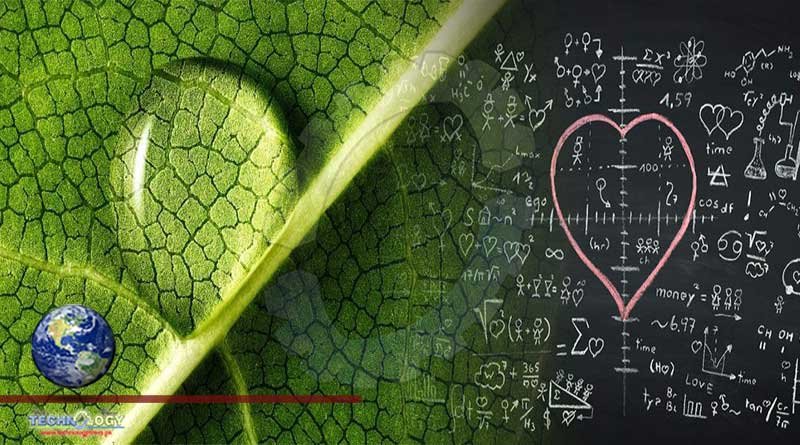Scientists have recently discovered a totally new type of chemical bond – and it’s way stronger than it has any right to be.

Scientists have recently discovered a totally new type of chemical bond – and it’s way stronger than it has any right to be.
The new type of chemical bond shows that the divide between powerful covalent bonds, which bind molecules together, and weak hydrogen bonds, which form between molecules and can be broken by something as simple as stirring salt into a glass of water, isn’t as clear as chemistry textbooks would suggest.
Think back to that high-school chemistry class, and you’ll remember that there are different types of bonds that link atoms together into molecules and crystal structures.
Ionic bonds link metals and non-metals to form salts. Strong covalent bonds bind together molecules like carbon dioxide and water. Far weaker hydrogen bonds form because of an electrostatic type of attraction between hydrogen and a more negatively charged atom or molecule, for instance causing water molecules to attract one another and form droplets or crystalline ice.
Ionic, covalent, and hydrogen bonds are all relatively stable; they tend to last for extended periods of time and have effects are easily observable.
But researchers have long known that during a chemical reaction, as chemical bonds are forming or breaking, the story is more complicated and involves “intermediate states” that may exist for tiny fractions of a second and are more difficult to observe.
In the new study, the researchers managed to keep these intermediate states going for long enough to make a detailed examination. What they found was a hydrogen bond with the strength of a covalent bond, binding atoms together into something resembling a molecule.
To do that, the researchers dissolved a hydrogen-fluoride compound in water and watched how the hydrogen and fluorine atoms interacted. The fluorine atoms were attracted to the hydrogen atoms due to imbalances of positive and negative charges across their surfaces, the classic structure of a hydrogen bond. Each hydrogen atom tended to be sandwiched between two fluorine atoms.
But those sandwiches were bound together with more strength than typical hydrogen bonds, which are easily broken. The hydrogen atoms bounced back and forth between the fluorine atoms, forming bonds as strong as covalent bonds and resembling molecules, which hydrogen bonds shouldn’t be able to form.
But the mechanism of the new bond was electrostatic, meaning it involved the sort of differences in positive and negative charge that define hydrogen bonds.
The new bonds had a strength of 45.8 kilocalories per mol (a unit of chemical bonding energy), greater than some covalent bonds. Nitrogen molecules, for example, are made of two nitrogen atoms bound together with a strength of about 40 kcal/mol, according to LibreTexts.
A hydrogen bond typically has an energy of about 1 to 3 kcal/mol, according to the book Biochemistry.
They described their results in a paper published Thursday (Jan. 7) in the journal Science. In an accompanying article in Science, Mischa Bonn and Johannes Hunger, researchers at the Max Planck Institute for Polymer Research in Germany, who were not involved in the study, wrote that this unusual bond blurs the clear categories of chemistry.
“The existence of a hybrid covalent-hydrogen bonded state not only challenges our current understanding of what a chemical bond exactly is, but also offers the opportunity to better understand chemical reactions,” they wrote, “where ‘intermediate reaction states’ are often invoked but rarely studied directly.”
Similar bonds likely exist in pure water, they wrote, when a hydrogen atom finds itself sandwiched between two water molecules. But those bonds are believed to exist but not be as long-lived, the researchers wrote. And they’ve never been conclusively observed.
This study, they wrote, could open the door to a “deeper understanding of strong bonding” and the intermediate reaction states.
Originally published at Science Alert
